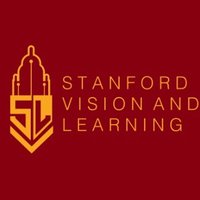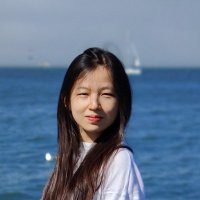
Stanford Vision and Learning Lab
@stanfordsvl
SVL is led by @drfeifei @silviocinguetta @jcniebles @jiajunwu_cs and works on machine learning, computer vision, robotics and language
ID: 2832190776
http://svl.stanford.edu 25-09-2014 20:16:40
356 Tweet
15,15K Followers
150 Following



We're organizing the first Workshop on Visual Concepts at European Conference on Computer Vision #ECCV2026 with an incredible lineup of speakers! Join us on Sep 30 afternoon at Suite 3, MiCo Milano 🇮🇹 sites.google.com/cs.stanford.ed…









🚀Two weeks ago, we hosted a welcome party for the newest member of our Stanford Vision and Learning Lab—a new robot! 🤖✨Watch as Fei-Fei Li interacts with it in this fun video. Exciting release coming soon. Stay tuned! 👀🎉




🔥Spatial intelligence requires world generation, and now we have the first comprehensive evaluation benchmark📏 for it! Introducing WorldScore: Unifying evaluation for 3D, 4D, and video models on world generation! 🧵1/7 Web: haoyi-duan.github.io/WorldScore/ arxiv: arxiv.org/abs/2504.00983



1/ Model architectures have been mostly treated as fixed post-training. 🌱 Introducing Grafting: A new way to edit pretrained diffusion transformers, allowing us to customize architectural designs on a small compute budget. 🌎 grafting.stanford.edu Co-led with Michael Poli


